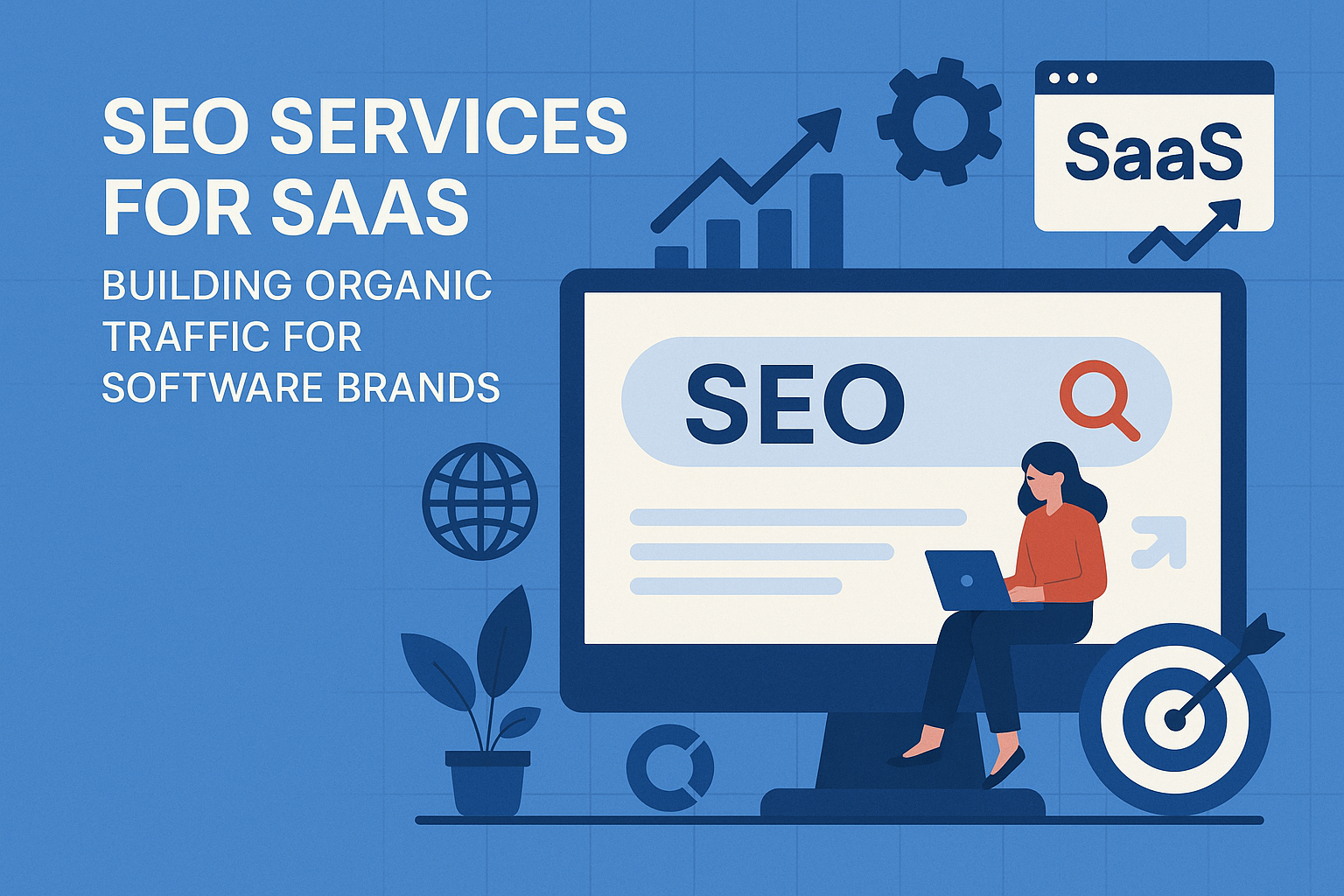How to Do a Competitive Analysis in Digital Marketing
Master Competitive Analysis for Smarter Digital Marketing
In today’s busy online marketing environment, keeping ahead of competitors is not about only thinking creatively and strategically—it’s about insight. One of the strongest weapons marketers possess is competitive analysis. Through benchmarking your company against your competitors in your industry, you can find opportunities and adjust your strategies for optimal outcomes. In this blog, we’ll walk you through every step on how to conduct a competitive analysis in online marketing.
In the digital-first world that we are living in today, success in marketing is no longer just about how good you are at selling your brand, but also about how good you are at knowing your competition. A digital competitive analysis is an essential process that allows you to discover the strategies, strengths, weaknesses, and market position of your competitors, providing you with the insights you need to improve your own digital strategy and beat the competition.
Competitor analysis is the process of finding major competitors and analyzing their online marketing strategies across channels such as SEO, content marketing, social media marketing, paid advertising, and others. Through this process, companies are able to find holes in the market, uncover new opportunities, and optimize their own digital performance.
The first part is to find your actual digital competitors—people who serve the same audience or compete for the keywords you are looking to optimize. Your digital competitors can be different from your offline competitors. Tools such as Google Search, SEMrush, and SimilarWeb are available to help find out who is currently competing for online exposure in your niche.
Then have a close look at their sites. Study the layout, user experience, content organization, call-to-action (CTA) locations, and responsiveness on mobile devices. A good website indicates a competitor’s online strategy and how they interact with their visitors.
SEO is another essential section. Using tools such as Ahrefs, Ubersuggest, or Moz, you can examine your competitors‘ keyword positions, backlinks, and on-page SEO strategies. This informs you what keywords are responsible for driving their traffic and how to target the same or superior ones.
Content marketing analysis is also crucial. Look at what they write about, what kind of content they create (blog posts, videos, webinars), how frequently they post, and how the users interact with it. Knowing their content strategy can assist you in developing more appropriate, high-value content that responds to gaps they left behind.
Social media is a treasure trove of competitor information. Monitor their activity on platforms such as Facebook, Instagram, LinkedIn, and X (formerly Twitter). Take note of their content tone, frequency of posting, audience interaction, and number of followers. Applications such as Hootsuite or SocialBlade can provide you with a clear indication of your social media position.
Also, measure their paid advertising activities. Utilize tools such as SpyFu or Meta Ads Library to observe the types of ads they‘re advertising, their messaging, target demographic, and devices used. Examining their ad creatives and promotions assists you in creating improved campaigns that convert.
Customer testimonials and reviews on websites such as Google, Yelp, or Trustpilot also tell much about a competitor‘s strength and weaknesses. Keeping track of this can make you upgrade your own reputation management practices.
Lastly, bring all the data together in a competitor benchmarking report. Contrast figures such as website traffic, SEO rankings, content creation, social media activity, and advertising. This will identify areas where you excel and where you must improve.
In summary, conducting a competitive analysis in digital marketing is not merely about monitoring your competitors—it‘s about discovering from them to create a wiser, more powerful digital strategy that places your brand in front. Constant analysis helps you remain current, nimble, and prepared to lead your market.
What is Competitive Analysis in Digital Marketing?
Competitive analysis is a process of studying your competitors to learn about their strengths, weaknesses, online presence, marketing moves, and performance. It provides you with a good idea of what is working in your industry and allows you to position your brand better in the market.
Why Competitive Analysis is Important
Identifies gaps in your strategy
Reveals industry trends
Highlights opportunities for growth
Informs smarter content and ad strategies
Improves customer targeting
Without this evaluation, you’re basically selling in the dark.
Step 1: Find Out Your Top Competitors
Begin by determining who your actual digital competition is. They might not always be the same as your offline business competitors. Search for:
Brands that rank for your target keywords
Firms with a similar product/service offering
Firms that compete for the same audience
You can use tools such as Google Search, SEMrush, Ahrefs, or SimilarWeb to find out who’s vying for the same online real estate as you.
Step 2: Examine Their Website and User Experience
A competitor website is a reflection of their digital strategy. Examine the following:
Design and UX: Is their site up-to-date, mobile-friendly, and quick?
Navigation: Is information easy to locate?
Content: Do they have blogs, guides, videos, or other materials?
CTAs: What type of calls to action are they employing?
This breakdown allows you to judge what is effective and what you could potentially change on your own website.
Step 3: Assess Their SEO Strategy
SEO is a fundamental part of online success. Research:
Top ranking keywords
Backlink profiles
On-page SEO factors (titles, meta descriptions, headings)
Content hierarchy and how often they post
Tools such as Ahrefs, Ubersuggest, and Moz can provide you with insight into your competitor’s SEO practice.
Step 4: Review Their Content Marketing Strategy
Content reigns supreme in online marketing. In examining your competitor’s content, consider:
Topics they write about
Content formats (blog posts, videos, infographics, webinars)
Frequency of publication
Level of engagement (shares, comments, likes)
By seeing what their content strategy is, you can spot gaps or areas that they’ve missed—and produce improved, more focused content.
Step 5: Audit Their Social Media Presence
Social media is an excellent engagement and branding tool. Have a look:
Which platforms they are present on (Facebook, LinkedIn, Instagram, X, YouTube, etc.)
Posting frequency
Follower size and engagement
Type of content posted (educational, promotional, interactive)
You can use tools such as SocialBlade, Hootsuite, and Sprout Social to monitor and compare their social performance.
Step 6: Study Their Paid Advertising Approach
Most businesses also spend money on paid advertisements in order to be seen. To study this:
Use tools such as SEMrush, SpyFu, or Meta Ad Library to see their ad copies, targeting, and platforms they’re using (Google Ads, Facebook Ads, etc.)
Review messaging, offers, and landing pages
Monitor how frequently their ads are showing up and how they’re being optimized
This tells you how aggressively they are promoting and what offers they’re promoting.
Step 7: Investigate Customer Reviews and Reputation
Review sites such as Google Reviews, Trustpilot, Yelp, and social media to see:
What customers are saying
Common complaints or praises
How they handle negative feedback
This can assist you in refining your own customer service strategy and messaging.
Final Thoughts
Competitive analysis in a digital marketing agency in the USA is not a one-time task—it’s an ongoing process. Industries evolve, algorithms change, and consumer behavior shifts. Regularly reviewing your competitors ensures you stay proactive instead of reactive.








